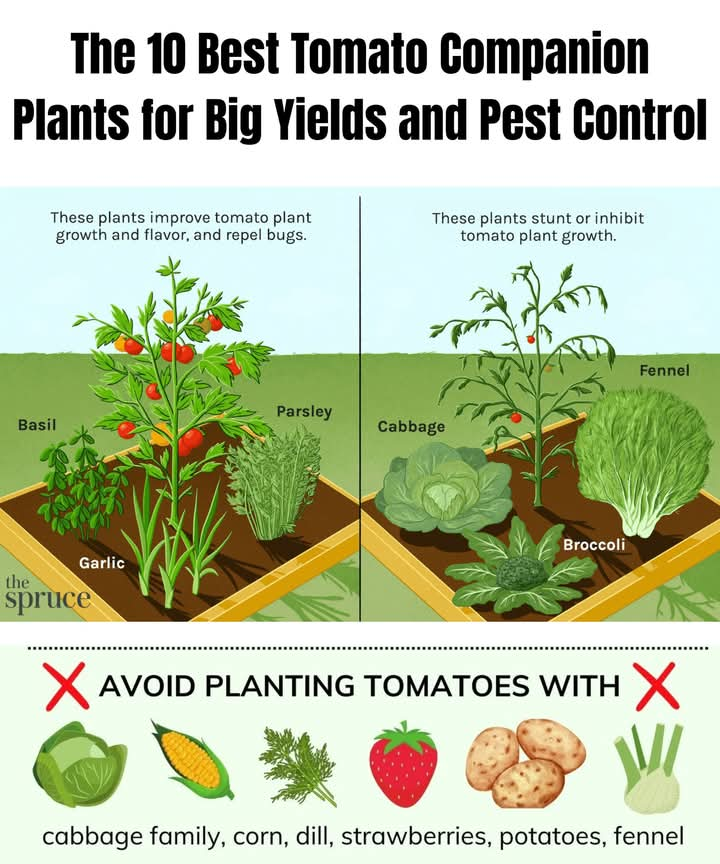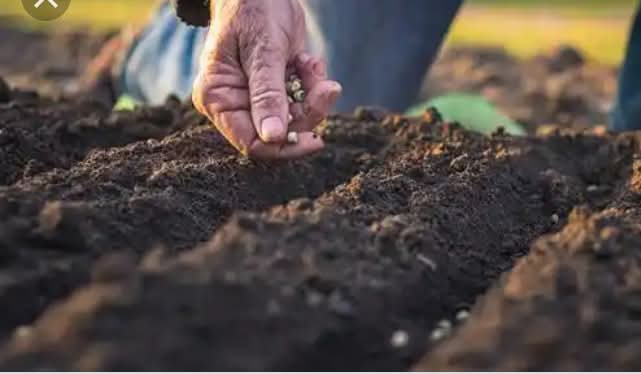A Key Principle in Regenerative Agriculture.
Never Let the Soil Dry: A Key Principle in Regenerative Agriculture.
Soil is life. It is the foundation of all terrestrial ecosystems and the silent force behind the food we eat, the air we breathe, and the water we drink. Yet, too often, it is overlooked, abused, and left to deteriorate. One of the most critical, yet simple, principles in regenerative agriculture is this: Never let the soil dry.
The Science of Moisture and Soil Health
Healthy soil is more than dirt—it is a living ecosystem teeming with microorganisms, fungi, and organic matter that work in harmony to sustain plant life. Soil moisture is the lifeblood of this system, acting as a conduit for nutrients, enabling microbial activity, and maintaining soil structure. When soil dries out, this balance collapses:
Microbial death: Beneficial microorganisms die or go dormant without adequate moisture, disrupting nutrient cycling.
Soil compaction: Dry soil hardens and loses its porosity, making it difficult for roots to penetrate and reducing water infiltration when it does rain.
Erosion: Dry, exposed soil is vulnerable to wind and water erosion, stripping away the organic matter that took years to accumulate.
Regenerative Practices to Keep the Soil Moist
In regenerative agriculture, we seek to mimic natural systems, which rarely leave soil exposed or dry. Here are the key strategies to maintain soil moisture:
1. Mulching
A thick layer of mulch—made from straw, leaves, wood chips, or crop residues—acts as a protective blanket over the soil. Mulch:
Reduces evaporation by shielding the soil from direct sunlight.
Prevents rain from compacting the soil surface.
Slowly decomposes, adding organic matter to the soil.
2. Cover Crops
Nature abhors bare soil. Cover crops such as legumes, grasses, or clover provide a living cover that keeps the soil cool and shaded, preventing moisture loss. Their roots:
Improve water infiltration.
Stabilize the soil structure.
Enhance the water-holding capacity of the soil.
3. Minimal Tillage
Tilling the soil disrupts its structure, breaks up fungal networks, and exposes moisture to evaporation. By minimizing tillage, we preserve the soil’s natural water-retention capabilities and protect the microbial life that thrives in undisturbed soil.
4. Organic Matter
Soil rich in organic matter acts like a sponge, holding water during dry spells and releasing it slowly to plant roots. Composting and using animal manure are powerful ways to boost organic matter content.
5. Agroforestry and Shade Crops
Trees and shrubs planted alongside crops provide shade, reducing soil temperature and evaporation. Their deep roots also draw water from deeper layers of the soil, helping to stabilize moisture levels.
The Role of Soil Moisture in Climate Resilience.
With unpredictable weather patterns and prolonged droughts becoming more frequent, keeping soil moist is no longer optional—it is essential for survival. Moist soils are better equipped to absorb heavy rains, reducing flooding, and to endure dry spells, ensuring crops survive and thrive.
Moreover, moist soil acts as a carbon sink, capturing carbon dioxide from the atmosphere and locking it into organic matter. This makes it a powerful ally in the fight against climate change.
A Call to Action.
“Never let the soil dry” is not just a farming technique; it is a philosophy that acknowledges the interdependence of water, soil, and life. It calls us to steward the land with care, ensuring that future generations inherit soil that is rich, fertile, and alive.
If you are a small-scale farmer, a gardener, or simply a lover of the earth, let this principle guide you. Protect your soil. Cover it, nurture it, and never let it dry.
Together, we can regenerate the land and heal the planet one drop of moisture at a time.




